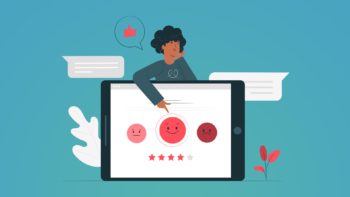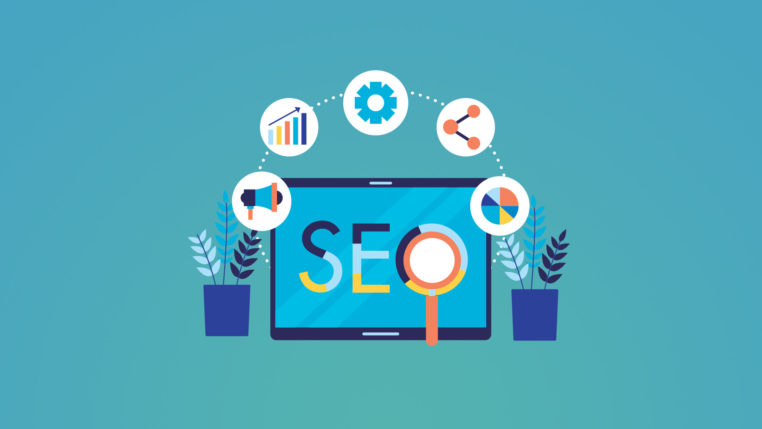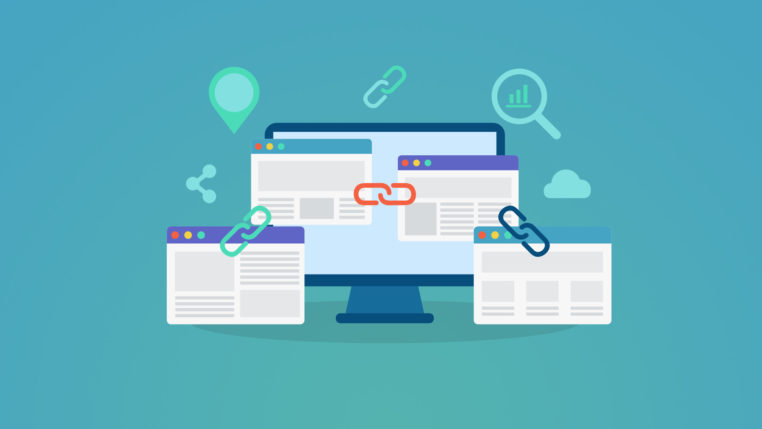5 User Experience (UX) Tips to Improve Your SEO

Table of Contents
If we all knew the ins-and-outs of SEO, we’d all have top-ranking websites. The secrecy around Google’s SEO formula means we have to work hard on every aspect of SEO. There is no doubt that user experience (UX) plays a part but which aspects in particular? And just how important is UX when it comes to SEO?
Google’s algorithm has 200 ranking factors that *could impact your site (* notice the caveat). Even though many experts declare with certainty what these factors are, there is not a lot of understanding of how much they impact on a site. This is because Google never really shows us their hand when it comes to SEO.
What is known is that deep within the complex formula is user experience.
What is User Experience (UX)?
User experience, abbreviated to UX, is defined as how someone uses your website and navigates around it.
In essence, a website needs to be understandable, laid out in a logical order, engaging and easy to navigate? If your site isn’t all or any of these things, then you could have a problem on your hands in the shape of a poorly performing website.
When people find a website frustrating, clunky, slowly and nonsensical, they navigate away and quickly too. The modern-day human is an inpatient being, giving a website mere seconds to hit all the right notes.
UX is about the design of the website and how it shapes a user’s experience. Usability is slightly different in that it defines how people choose to interact with your site and what they are looking for. Some tech experts argue these are two separate considerations, but when it comes to the relationships between UX and SEO, they are common bedfellows.
How UX affects SEO
In essence, SEO and UX are like steps on a staircase – separate yet connected.
- Search engine optimization (SEO) targets search engines, such as Google, who then rank a site as high or low, depending on how many algorithm components you ‘hit’ (and how hard you hit them).
- UX targets users once they are on your site and in part determines what they do – will they buy, for example (meaning you have a healthy conversion rate) or will they interact in other ways or will they navigate away?
So what does come first, SEO or UX? It’s a tough conundrum to solve. Without SEO you don’t have traffic, but without a refined user experience, SEO will suffer, and visitors won’t come…
Breaking out of this spiral means understanding UX on your site, how search engines read some of these signals and how you can improve your site for people as well as bots.
1. Check the bounce rate metric
People navigate away from websites for all kinds of reasons, from landing on it by mistake to it not having the products, services or information they are looking for. It also could be that the style, formatting and the overall feel of the site don’t match their expectations.
Whatever the reason, when they navigate away, this is recorded in the background analytics of your site, which Google (if you have connected Google Analytics) can ‘see’.
If they mooch around a few pages and spend some time on your site, that is a different matter entirely. But if people land on the home or landing page and then navigate away, this is a bounce.
A high bounce rate metric is an indication something is not quite right with your site. Users may be put off because of the design, lack of content or too much text, slow loading speed and more. It pays to spend time and energy understanding what the issue is and fixing it.
Bounce happens. But you want it to happen less. A bounce rate below 40% is the magic figure to aim for. If your bounce rate is higher than 90% or lower than 20%, there is an issue in the coding of the site.
2. Speed is of the essence
If images take too long to load, 39% will stop engaging with the website. Nearly half of the users who come to your site will expect a loading time of two seconds or less.
Which is a long time when you consider that a visitor to your site decides whether the website is what they are looking for or not within 0.05 seconds. It takes longer to blink.
And so, speed is of the essence. But how do you improve this important component of UX?
- Compress images – this doesn’t compromise the quality of any images or graphics but makes them quicker to load
- Enabling caching – this means that returning visitors won’t have to wait for the site to load
- Optimise code – optimising every aspect of your site improve load and page speed times, including code
- Server time – if the server isn’t coping, you need to look into getting another or changing your hosting company
3. Use headings
There’s more to UX than just content but the combination of words, images and graphics, along with colour and other aspects of branding, combine to give a strong message to a website visitor. You need it to be the right message.
The text on pages is important. It informs and educates, suggests and directs people to where you want them to go and what you need them to know.
If you sell a high-quality product, you need them to know this, and so you’ll use words and descriptions that sit well within these parameters. You’ll tell them why your business, product or service stands out and when they are convinced what is offered is right for them, you need to direct them as to how to buy.
If this information is given to customers is one long column of text, they won’t read it. They’ll be put off.
Start adding bold highlights, and users will find the text a little more friendly. Start to make certain paragraphs bigger or stand out, and you are carving up this column of text a little more.
Add headings, and the information becomes yet more accessible. But use these heading properly, and you have a user experience that surpasses expectations.
For example, ask questions that your users will be searching for answers to such as what is UX? Or use statement questions such as Why UX is important?
Make sure that any text, with subheadings, are laid out logically. Start with information on your product or service, moving on to why it’s a good idea (that is, what problems does it solve), give the user yet more benefits and then suggest the best way to buy or to find out more.
From an SEO point of view, using keywords in one or more headers is also beneficial because these H1 and H2 headers are what bots also look for as part of their crawling mission.
4. Improve site navigation
Over time, your website will be added to and pages amalgamated and moved around. Some pages will be archived or deleted; others will be improved and expanded.
Whilst all this is perfectly acceptable and logical, you need to continually bear in mind navigation. Just how easy is it to get to the information or pages that users want?
- Avoid complex or multi-level menu items – unless a user knows what they are looking for, multi-level menu items can present a myriad of choices with a visitor unsure where to start.
- Check out the mobile site navigation too – in the last seven years, mobile web traffic has increased by over 200%. Mobile users also expect the same level of quality from a mobile website too, and so if your website is not mobile responsive, users could be navigating away.
- Include a navigation menu on each page – users don’t always land on your home page and so including a navigation menu will help people navigate to other pages easily.
- Add a search bar – if your website is big, for example, you have 100s of products, adding a search bar is a sure-fire way of helping people find their way around.
5. Add or improve calls to action
A call to action (CTA) is the direction people need as to what to do next. It could ‘buy now’, or it could be ‘sign up today’. Or it could be ‘find out more’.
Adding shazam to CTAs can make all the difference in galvanising users in taking the next step. It could be something ‘leading’ such as ‘yes, I do want to save money’. How else could you add an extra spark to your call to actions?
Take steps today to improve UX and SEO
The more users interact with your site, the better. For your business, the results are obvious – more conversions, more advertising revenue, more products sold, or appointments booked. The upside of this is that more people will find your site because search engines are also noticing that visitors to your site loiter. With such a close connection between the two, you cannot afford to ignore user experience and its impact on the performance of your site.
Share this article



